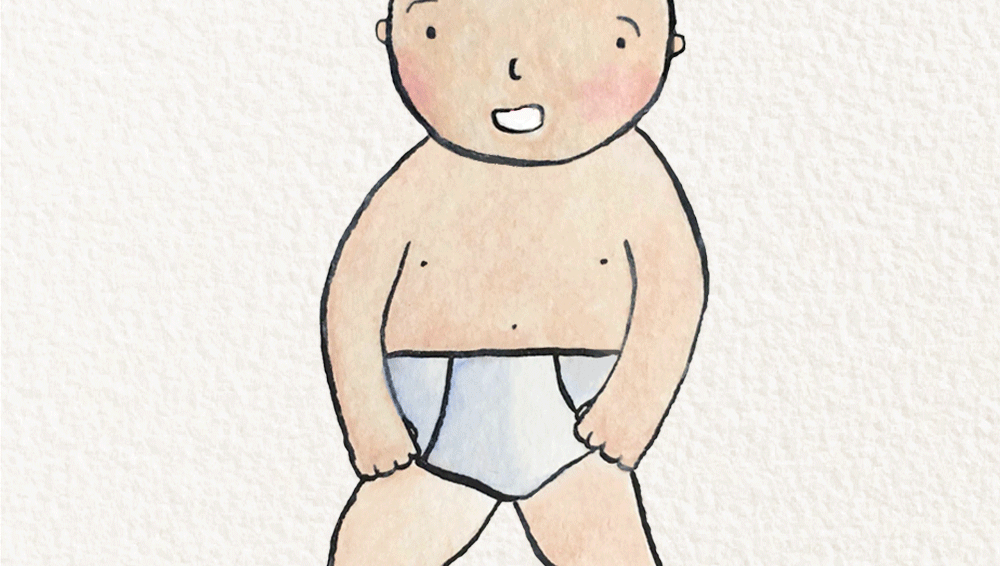The Moro reflex or startle reflex
Early Childhood Development

Babies have reflexes from birth and they instinctively know how to grasp a finger and root for the breast right from the beginning.
What are reflexes?
Reflexes are uncontrolled movements. Some movements occur as part of Your Child’s normal activity, while others are in response to specific situations. The presence of the reflexes indicates normal brain and nerve activity, and some reflexes occur only in specific periods of development. Your Child’s pediatrician normally checks these and other reflexes starting from the first day of life.
Moro reflex or startle reflex
The Moro reflex is usually referred to as a startle reflex because it often occurs when a baby is surprised by a loud sound, a sudden movement, or the sensation of falling.
In response, the baby will tighten the body, fling arms up and out and open up the usually tightly clenched fists, draw up the knees and then bring the arms and re-clenched fists close to the body — almost as if giving a hug. Seconds later, as abruptly as the startle started, it’s over.
The startle reflex will decrease and ultimately disappear when Your Child is 4 to 6 months old.
What if there is no reflex?
Your Child‘s doctor is the one to notice any abnormalities in reflexes. Not reacting to the Moro reflex could signify damage to the brain or spinal cord, or it may be as a result of another injury. The pediatrician is the one to perform the test to find out what’s going on.
Verified:
Dr. Piyawut Kreetapirom, MD. license no. 41578 (13 February 2019)



